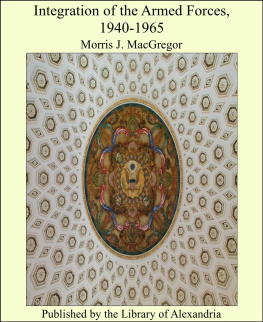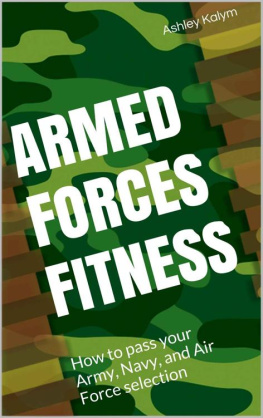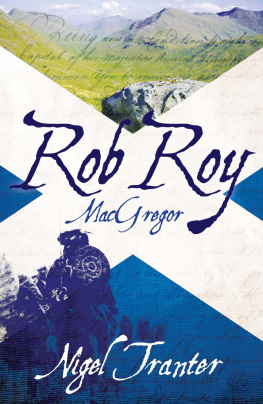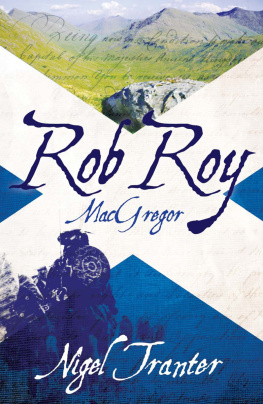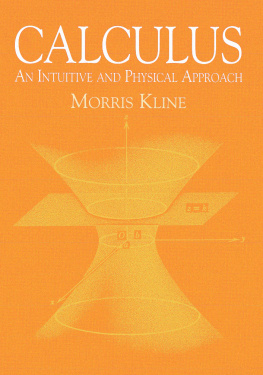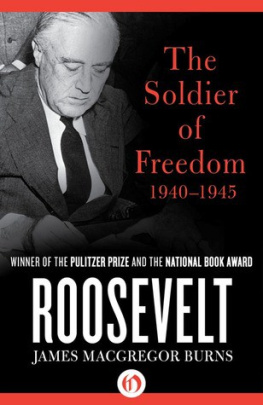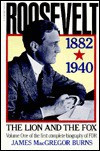Morris J. MacGregor - Integration of the Armed Forces, 1940-1965
Here you can read online Morris J. MacGregor - Integration of the Armed Forces, 1940-1965 full text of the book (entire story) in english for free. Download pdf and epub, get meaning, cover and reviews about this ebook. year: 2021, publisher: Library of Alexandria, genre: Politics. Description of the work, (preface) as well as reviews are available. Best literature library LitArk.com created for fans of good reading and offers a wide selection of genres:
Romance novel
Science fiction
Adventure
Detective
Science
History
Home and family
Prose
Art
Politics
Computer
Non-fiction
Religion
Business
Children
Humor
Choose a favorite category and find really read worthwhile books. Enjoy immersion in the world of imagination, feel the emotions of the characters or learn something new for yourself, make an fascinating discovery.
- Book:Integration of the Armed Forces, 1940-1965
- Author:
- Publisher:Library of Alexandria
- Genre:
- Year:2021
- Rating:5 / 5
- Favourites:Add to favourites
- Your mark:
- 100
- 1
- 2
- 3
- 4
- 5
Integration of the Armed Forces, 1940-1965: summary, description and annotation
We offer to read an annotation, description, summary or preface (depends on what the author of the book "Integration of the Armed Forces, 1940-1965" wrote himself). If you haven't found the necessary information about the book — write in the comments, we will try to find it.
Integration of the Armed Forces, 1940-1965 — read online for free the complete book (whole text) full work
Below is the text of the book, divided by pages. System saving the place of the last page read, allows you to conveniently read the book "Integration of the Armed Forces, 1940-1965" online for free, without having to search again every time where you left off. Put a bookmark, and you can go to the page where you finished reading at any time.
Font size:
Interval:
Bookmark:
1940-1965
OF THE ARMED FORCES
1940-1965
(as of 6 April 1979)
| Alfred Goldberg Office of the Secretary of Defense | Robert J. Watson Historical Division, Joint Chiefs of Staff |
| Brig. Gen. James L. Collins, Jr. Chief of Military History | Maj. Gen. John W. Huston Chief of Air Force History |
| Maurice Matloff Center of Military History | Stanley L. Falk Office of Air Force History |
| Rear Adm. John D. H. Kane, Jr. Director of Naval History | Brig. Gen. (Ret.) Edwin H. Simmons Director of Marine Corps History and Museums |
| Dean C. Allard Naval Historical Center | Henry J. Shaw, Jr. Marine Corps Historical Center |
Integration of the Armed Forces, 1940-1965.
Includes bibliographical references and index.
Supt. of Docs. no.: D 114.2:In 8/940-65
1. Afro-American soldiers. 2. United States
| Race Relations. UB418.A47M33 | I. Title. 335.3'3 | II. Series. 80-607077 |
Historical Advisory Committee
(as of 6 April 1979)
| Otis A. Singletary University of Kentucky | Maj. Gen. Robert C. Hixon U.S. Army Training and Doctrine Command |
| Brig. Gen. Robert Arter U.S. Army Command and General Staff College | Sara D. Jackson National Historical Publications and Records Commission |
| Harry L. Coles Ohio State University | Maj. Gen. Enrique Mendez, Jr. Deputy Surgeon General, USA |
| Robert H. Ferrell Indiana University | James O'Neill Deputy Archivist of the United States |
| Cyrus H. Fraker The Adjutant General Center | Benjamin Quarles Morgan State College |
| William H. Goetzmann University of Texas | Brig. Gen. Alfred L. Sanderson Army War College |
| Col. Thomas E. Griess U.S. Military Academy | Russell F. Weigley Temple University |
| Washington, D.C. 14 March 1980 | James L. Collins, Jr. Brigadier General, USA Chief of Military History |
Font size:
Interval:
Bookmark:
Similar books «Integration of the Armed Forces, 1940-1965»
Look at similar books to Integration of the Armed Forces, 1940-1965. We have selected literature similar in name and meaning in the hope of providing readers with more options to find new, interesting, not yet read works.
Discussion, reviews of the book Integration of the Armed Forces, 1940-1965 and just readers' own opinions. Leave your comments, write what you think about the work, its meaning or the main characters. Specify what exactly you liked and what you didn't like, and why you think so.

